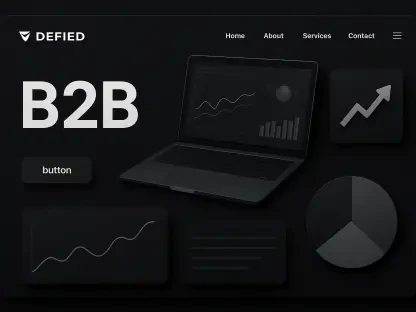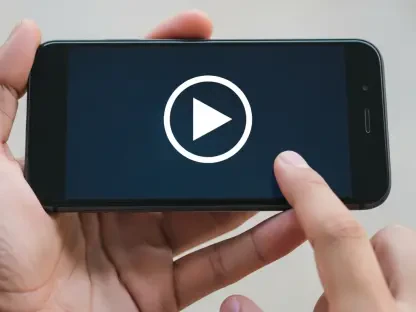There’s not much of our daily internet activity that cannot be handled by smartphones. And there’s a high chance that you are reading this article on your phone. Why is this relevant?
Because, out of today’s 4.39 billion internet users, more than 3.5 billion people enjoy their favorite online content on their mobile devices.
Moreover, according to the 2019 Adobe Brand Content Survey, not optimizing your content for all screens and devices will lead to losing a significant part of your younger audience.
Designing with the Mobile User in Mind
Creating articles, blog posts, or emails with a screen size responsive design in mind is vital in 2020. You need to think mobile!
When it comes to customer support, 78% of the 1,900 consumers interviewed by Genesys use mobile devices. No less than 90% of millennials use their phones to interact with their favorite brands.
The shift to mobile is clear: the global population uses mobile devices, computers, and laptops almost equally to engage with a business.
To ensure that your website is mobile-friendly, you should verify that:
- It loads at the proper speed
- Your menu’s buttons are easy to click on
- The navigation options are clear
- It displays fewer images and shorter texts
What else can you do to engage mobile users?
Building an App to Increase Customer Loyalty
Apart from making your websites mobile-responsive, you can invest in building an app for your business to engage with customers on the go. This is a very effective way to increase loyalty by rewarding your customers with small incentives every time they’re using your app.
McDonald’s rewards its clients with personalized deals available only when using the app. Starbucks applies the same strategy to ensure that their clients keep coming back.
Although this method is successfully applied in the B2C environment, it can be easily adapted to a B2B setting. As a B2B service provider, you can motivate your customers to keep doing business with you by offering them special discounts or personalized offers inside your app.
The great news is that today, you can use tools such as Appy Pie, Build Fire, or Como to build your mobile application without hiring a development team. These low-code or no-code platforms will help you create and monetize your app easily.
Advertising on Small Screens
In order to drive more traffic, increase your closing rates, or streamline the downloads of your apps, you can take advantage of mobile advertising.
“Mobile advertising is any form of advertising that appears on mobile devices such as smartphones and tablets using wireless connections. Companies advertise through text ads via SMS or through banner advertisements that appear embedded on a mobile website. Ads are tailored based on consumer tastes and/or browsing history using data mining and other information gathering techniques.”
—Investopedia, Mobile Advertising
But how can you target your mobile audience?
First, you need to keep in mind that the internet searching behavior changes once a person switches to a smaller screen size—especially if they are also on the go or in a hurry.
What changes?
Your SEO strategy should!
Mobile users, as opposed to desktop users, are more likely to type shorter, more concise words and phrases when looking for something online. This means that you should tweak your SEO strategy and start laser focusing on the specifics, using more succinct keywords.
To make this whole process easier, you can use online tools, such as the Google Keyword Planner. This type of tool will help you refine your strategy while also:
- Identifying new keywords related to your business and products
- Pinpointing the searching frequency of a phrase or word per month
- Seeing how much your ad will cost to show on searches for a specific keyword
- Creating new campaigns focused on your extensive keyword research
“The earliest form of mobile advertising took place via SMS text messages. But mobile ad campaigns quickly evolved into mobile web and in-app advertisements.”
—Investopedia, Mobile Advertising
Regardless of what method of advertising you will choose to invest in, you should create campaigns with the mobile user in mind. From simpler design to shorter and more concise text, your website needs to look ready for smaller screens as well.
The future is mobile!









